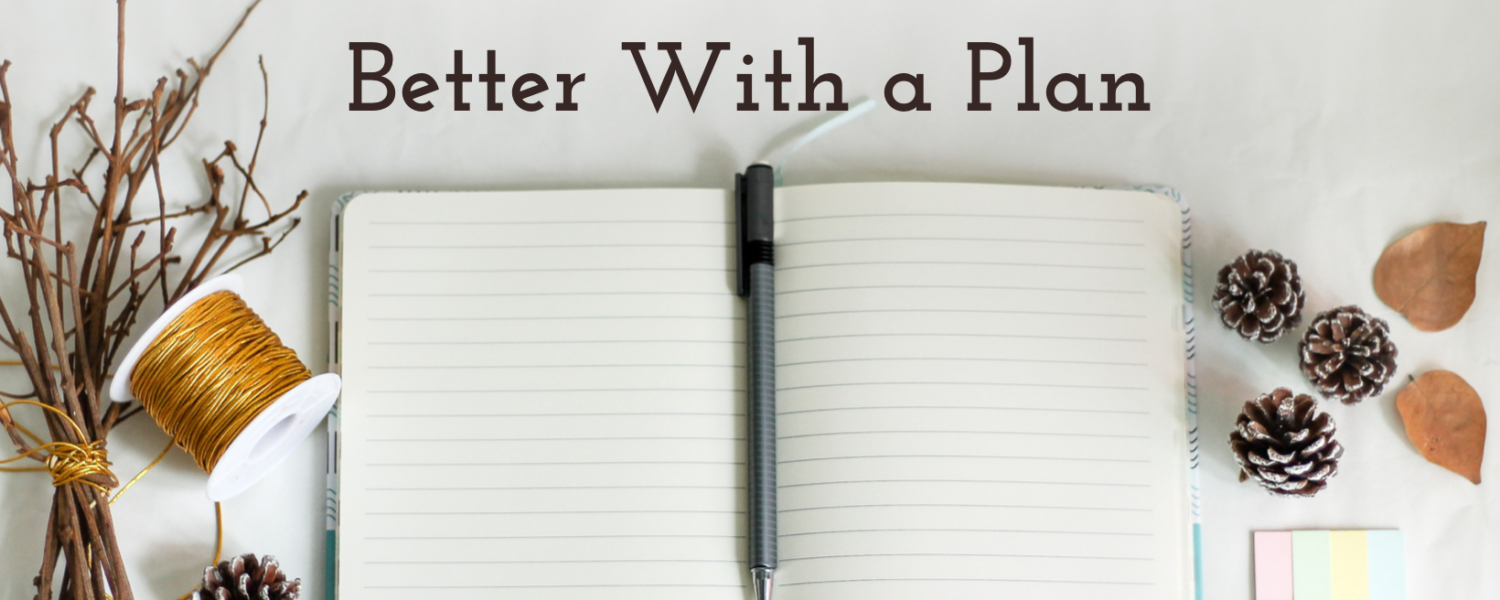The 9 Box Grid is a powerful visual tool that has application in business and in social media. This post will show you 3 ways it is commonly used and how you can adapt this concept to help you achieve your goals.
What is a 9 Box Grid?

As the name implies, it refers to 9 boxes, arranged in a 3×3 grid. With this one simple tool you can better plan anything from your week to your year, and everything in between.
Let’s dive deeper into three ways that you may already be familiar with this concept and how to adapt them for your planning.
The Grid is a Classic Talent Management Tool

In business management and Human Resources, the grid is a simple and easy to use talent management tool.
Managers will label the horizontal axis (the bottom) with a scale of current performance and the verticals axis (the left) with a scale of future potential. This creates a matrix of 9 boxes where the two factors overlap.
They will then rate their employees from low to high in each area. Where they fall on the grid will indicate the different roles they plan on your team and suggests different support, development, encouragement, and intervention actions may be needed.
There are some concerns that this model is too simplistic and gets easily misused. Despite that, the basic premise of arranging ideas along a 2-axis chart is solid. Take the below example. Same grid, different labels and now you have hacked this tool to help you reach your goals.

Let’s say your goal is to add healthy movement to your day. Easier said than done when you lead a busy life. However, I’m betting you have a least a few minutes to spare.
Here I have hacked the same grid you saw above to create a workout planning tool. To do this I made one axis the time you have available and the other your level of motivation.
You can customize it with your own favorite activities of varying durations (15-30-45 minutes) for days when you have more or less energy and motivation. Now, no matter how you feel or how much time you have, you can quickly eliminate excuses and make healthy choices.
It is a Visual Strategic Planning Tool

You probably noticed the grid is also a common format in photo-based social media applications. Feeds, such as my Instagram, use grids to display posts in rows of three-across.
The grid can help you strategically plan your overall layout. With this birds-eye view of your content, you can quickly assess style, color, theme and consistency.
Brand influencers often use this tool to strategically plan the types or categories of content they are working to build. And you can use it to quickly decide if the overall effect is the one you want. Think about what your audience to see when they first browse to your profile. Decide if it will convey the look you want.
Moreover, you can use this beyond your social media feed. Other applications that lean on visual style can make use of the grid to ensure key elements flow together. This includes photography, wardrobe planning (especially capsules wardrobes), quilting, interior design, art, etc.
To use this technique yourself, lay out samples, descriptions, labels, or photos of your project. Check that the colors, materials, textures, and other design elements are cohesive and give the desired impression.
I have been known to apply 9 Box Grids to mood boards and presentations. I’ve even made one out of paint swatches to be sure I like the overall impression before I commit to it.
The Grid is a Retrospective Reflection Tool

You’ve also likely seen 9 Box Grids make an appearance across social media at the end of the year. These “Top 9” or “Best 9” posts are where people share their 9 most popular and liked posts formatted as a Grid.
I used to think posting a Top or Best 9 grid at the end of the year was bit gimmicky. I also didn’t like the bragging and unhealthy comparisons. But once I started thinking about it I found they had benefits too. Most importantly, this technique is both a creative way to celebrate your successes for the year and reflect on your value to you audience.
To get the best values out of this trend, take time to think about why those posts ranked in your top 9. Ask yourself what you see reflected in those posts. Are they a reflection of your core brand? So they align with your own perceptions on what should have ranked in the top 9? If not, what else is it that your audience sees and likes in your feed.
This introspection can help you derive insights to guide future posts even as you reminisce about where the past year. Or why wait until the end of the year and make this retrospective a quarterly exercise.
As you can see, the 9 Box Grid is a powerful tool for visually planning that can be adapted in many ways. Why not try one out and let me know what you think by tagging @BetterWithaPlan on social media or in the comments below.
If you liked these techniques, you’ll want to check out my next post to discover even more ways to make a 9 Box Grid work for you.
And if you want to see even more planning techniques and tips in action follow me on Instagram, Pinterest, or Facebook as @BetterWithaPlan











